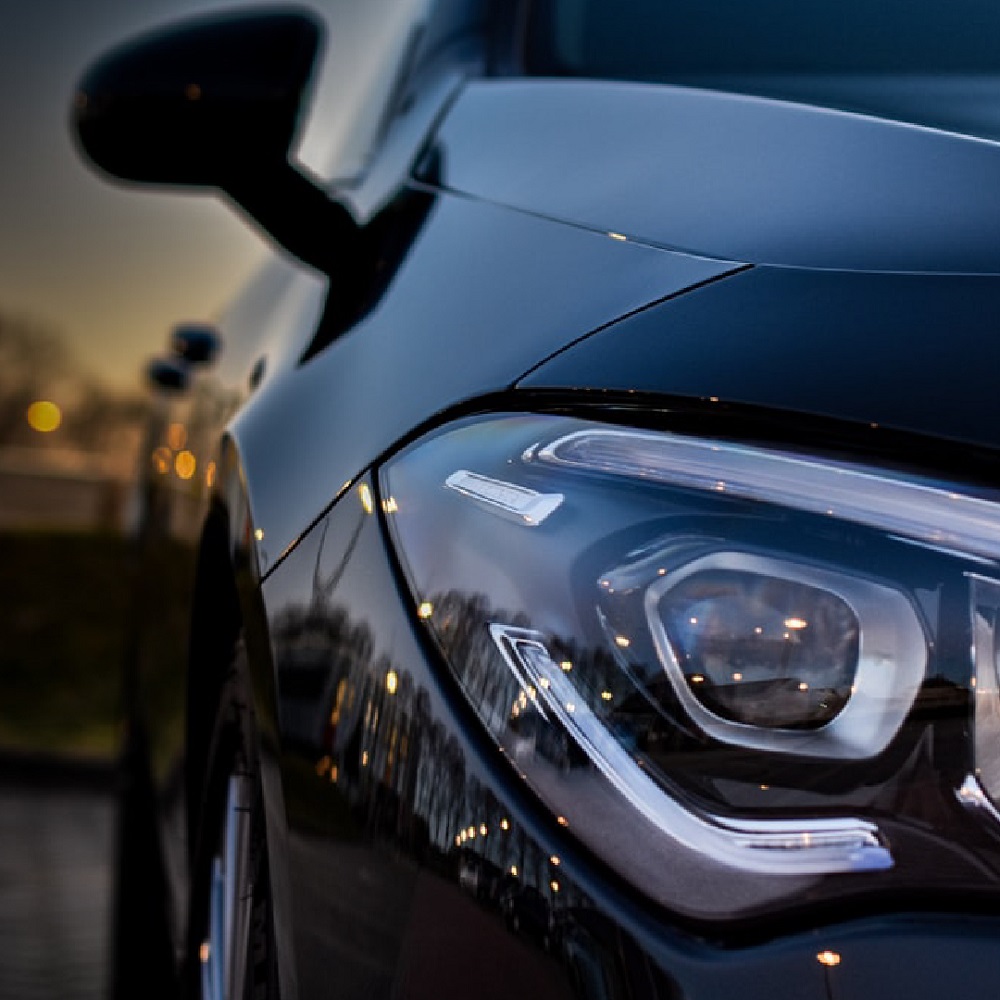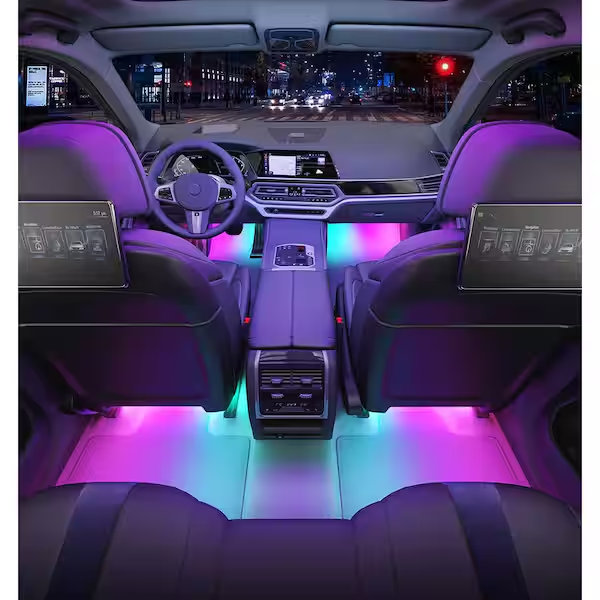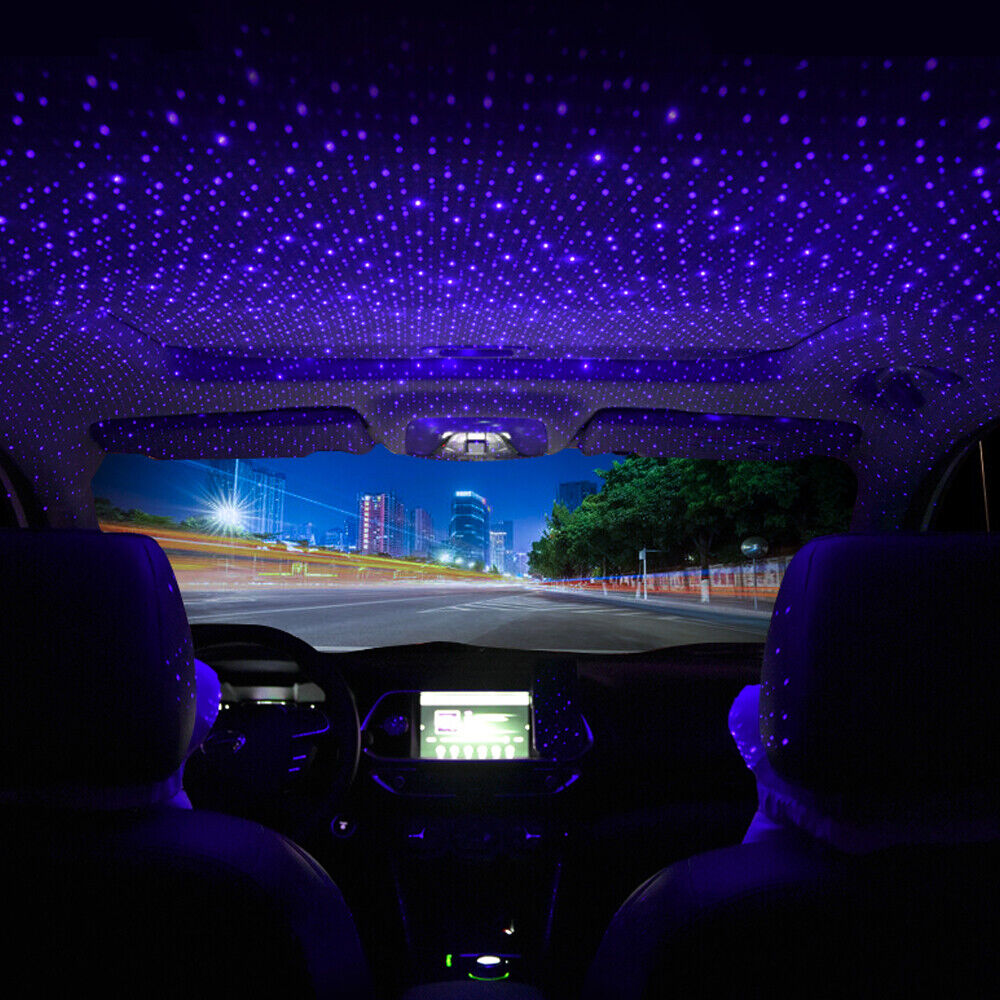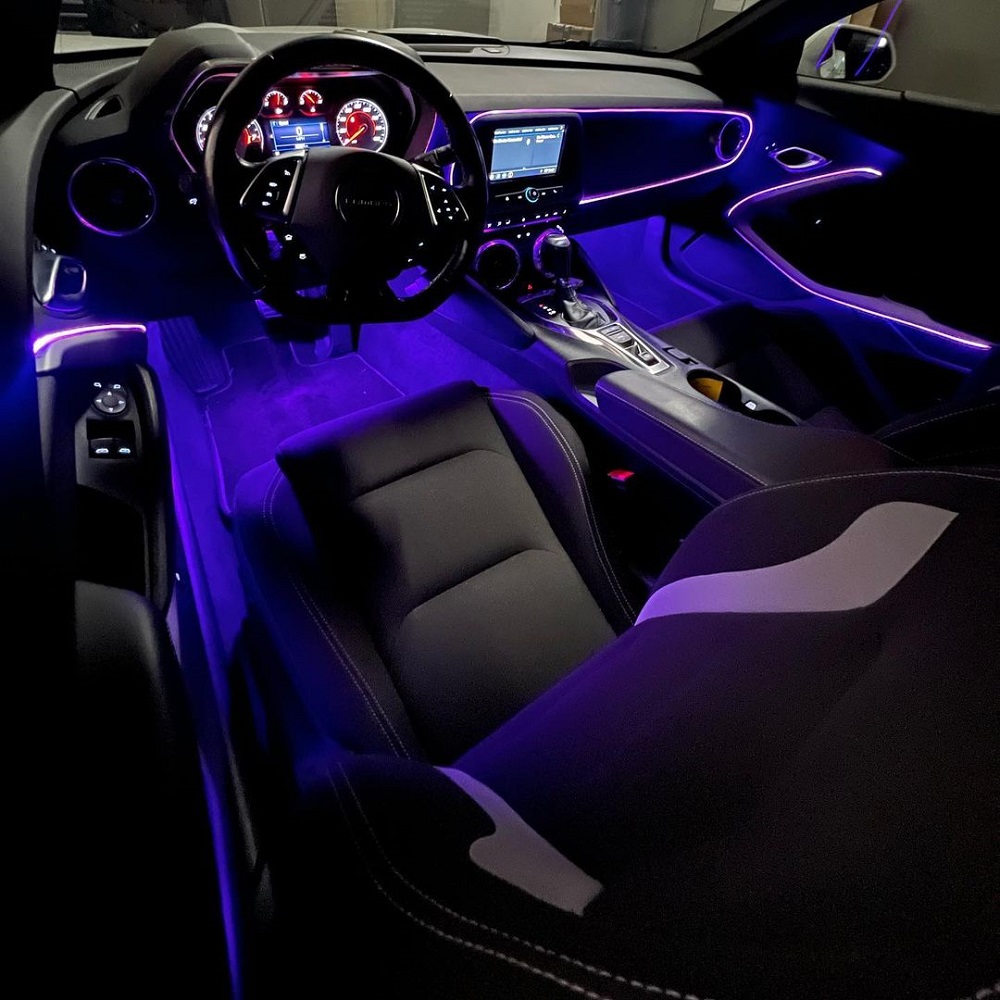Car lights are more than mere accessories; they are crucial components that ensure safety on the road. From headlights to taillights, turn signals to brake lights, every light plays a specific role in your vehicle’s operation. Proper maintenance of car lights is essential for optimal performance, visibility, and safety. This article provides valuable insights into the various types of car lights, common issues, maintenance tips, and the importance of proper lighting for safer driving.
Understanding the Importance of Car Light
The Role of Car Lights in Safety
Car lights serve as vital communication tools between drivers and other road users. They help ensure that vehicles are visible in low-light conditions and signal intentions on the road. Headlights illuminate the path ahead, while taillights inform other drivers of your presence and actions. Proper functioning of these lights can significantly reduce the likelihood of accidents, particularly at night or during bad weather.
Moreover, using the correct lights for specific driving conditions is crucial. For instance, high beams should only be used in very dark conditions where there is no oncoming traffic. Failing to adjust your lights appropriately can lead to dangerous situations for both you and other drivers on the road. Understanding the importance of car lights enhances overall road safety.
Legal Requirements for Vehicle Lighting
In many jurisdictions, regulations dictate the types of lights that must be operational on vehicles. These rules can include requirements for headlights, brake lights, and turn signals. Driving with faulty or non-functional lights is not only dangerous but may also result in legal penalties.
Regularly checking your car lights helps you adhere to these regulations. Ensuring that all lights function properly keeps you safe on the road and allows you to avoid fines or citations from law enforcement. Understanding and following lighting regulations cultivates responsible driving habits.

Types of Car Light and Their Functions
Headlights
Headlights are among the most critical components of car lighting. They illuminate the road in front of you, allowing for safe navigation during nighttime or poor visibility conditions. There are several types of headlights, including halogen, xenon (HID), and LED options. Each type has its advantages, with LED lights typically offering better energy efficiency and longevity.
Proper alignment of headlights is vital. Misaligned headlights can lead to glare for oncoming drivers and reduce your ability to see the road ahead. Regularly checking the alignment can enhance visibility and ensure that your headlights are shining in the right direction.
Taillights and Brake Lights
The taillights and brake lights are essential for informing other drivers of your vehicle’s position and actions. Taillights are always illuminated when the car is in operation, while brake lights only activate when the brake pedal is pressed. The clear visibility of both lights can prevent rear-end collisions, which are common accidents.
Checking and maintaining these lights is crucial for safety. Burnt-out bulbs should be replaced promptly, and the lenses should be kept clean to ensure maximum brightness. Foggy or dirty lenses can significantly reduce visibility, putting you at risk on the road.

Common Issues with Car Light
Burnt Out Bulbs
One of the most common issues with car lights is burnt-out bulbs. Lights can dim over time due to wear and tear or electrical issues. A burnt-out bulb can lead to reduced visibility and increased risk of accidents. It’s essential to routinely check your bulbs and replace them as needed.
During bulb replacement, consider using high-quality replacement bulbs that match the specifications of your vehicle. While cheaper options may seem attractive, they may not last as long or perform as well. Investing in quality replacement bulbs enhances overall lighting performance.
Faulty Wiring and Connections
In addition to burnt-out bulbs, faulty wiring and connections can also affect car lights. Corroded or loose connections can lead to intermittent lighting or complete failure of individual light components. Regularly inspecting wiring and connections can help identify potential issues before they worsen.
If you notice flickering lights or inconsistent performance, there may be an underlying electrical issue. In such cases, it is advisable to consult a professional mechanic, as electrical problems can often require specialized knowledge. Addressing faulty wiring quickly can save you from more extensive repairs down the line.

Routine Maintenance for Optimal Performance
Regular Inspections
Performing regular inspections is a simple yet effective way to maintain car lights. A good habit is to check all lights at least once a month. Ensure that headlights, taillights, brake lights, and turn signals are functioning correctly. For assistance, you can ask a friend to help by observing the lights while you activate each one.
While inspecting your lights, take the time to check the lenses for cleanliness. Dirty or fogged-up lenses can hinder light output. Cleaning the lenses with soap and water or purchasing a lens cleaner can improve visibility and overall performance.
Cleaning and Replacement
Keeping car lights clean is essential for optimal performance. Over time, dirt, grime, and road salt can accumulate on lenses, reducing brightness. Regular cleaning with a soft cloth and appropriate cleaning agent can help maintain clarity. For heavily tarnished lenses, consider using specialized headlight restoration kits to restore clarity and enhance illumination.
In addition to cleaning, remember to replace any faulty or burnt-out bulbs promptly. It’s smart to keep a set of replacement bulbs in your vehicle for emergencies. Being proactive in maintenance will help ensure you never find yourself without functioning lights when you need them most.

Upgrading Your Car Light
Why Consider Upgrades?
Upgrading your car lights can significantly enhance visibility and performance. Modern lighting technology, such as LED and HID, offers advantages over traditional halogen bulbs. These upgrades can provide brighter illumination, longer lifespans, and improved energy efficiency.
When considering upgrades, it is essential to research the available options to find the best fit for your vehicle. Different lighting technologies offer varying benefits, so understanding these can help you make informed choices.
Installation Tips
If you decide to upgrade your car lights, you can choose to install them yourself or seek professional help. DIY installation can save money if you are comfortable with basic automotive tasks. Most manufacturers provide clear instructions for proper installation. Always ensure you follow the vehicle’s user manual as well as any specific instructions that come with the lighting kit.
If unsure about the installation process, it may be best to consult with a professional. Incorrect installation can lead to misalignment, reduced effectiveness, or potential damage to your vehicle’s electrical system. Investing in proper installation will ensure that your upgraded lights perform optimally.

The Impact of Weather on Car Light
Adapting to Weather Conditions
Various weather conditions can impact the performance of car lights. Rain, fog, and snow can all create challenges for visibility. In such conditions, utilizing low beam headlights and fog lights (when applicable) can enhance visibility without causing glare for other drivers.
Understanding how different weather conditions affect your lights can help ensure safe driving. For example, in fog, using high beams can reflect off the moisture and reduce visibility. By adjusting your lighting according to weather conditions, you can navigate safely and effectively.
Seasonal Maintenance
Consider performing seasonal checks on your car lights to prepare for changing weather. Before winter, inspect your lights to ensure they are functional, as cold temperatures can affect lighting performance. Ensuring that all vehicle lights are in excellent working condition will help optimize safety during winter driving.
In spring and summer, road debris may accumulate on lights, leading to reduced visibility. Cleaning lights routinely can eliminate this issue. Proper seasonal maintenance, including cleaning and inspections, will keep your lights performing optimally throughout the year.
The Bottom Line: Safety and Performance
Prioritizing Safety
Ultimately, the primary purpose of car lights is safety. Regular maintenance, inspections, and prompt repairs of any issues are crucial for ensuring that lights perform optimally. Burnt-out bulbs or faulty connections can lead to dangerous situations, affecting your driving experience and safety.
Furthermore, consider the impact of visibility on preventing accidents. Well-functioning lights not only help you see the road ahead but also allow other drivers to see you clearly. Taking steps to maintain and upgrade your car lights is essential to make driving a safer experience.
Enhancing Your Driving Experience
Beyond safety, maintaining optimal lighting enhances the overall driving experience. Properly functioning lights contribute to confidence when driving at night or in adverse weather conditions. They provide peace of mind, allowing you to focus on the road.
By following these essential maintenance tips, you can ensure that your car lights perform at their best. Prioritizing the care and maintenance of your car lights will lead to a safer and more enjoyable driving experience. Remember, any time spent keeping your lights in excellent condition is an investment in your safety on the road. Make your car’s lighting a priority, and enjoy the benefits of optimal performance for miles to come!

Leave a Reply